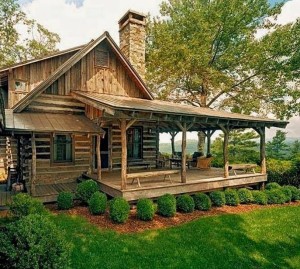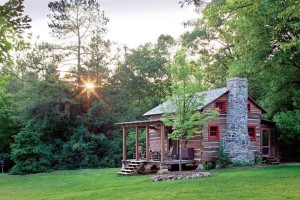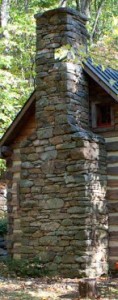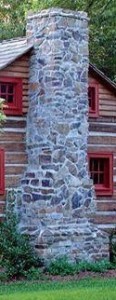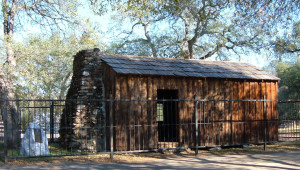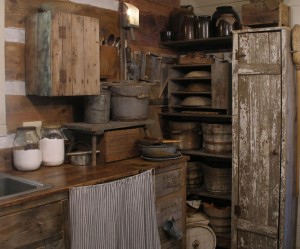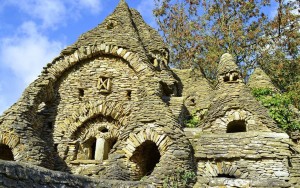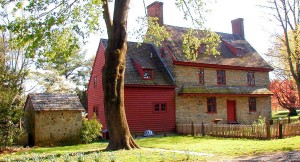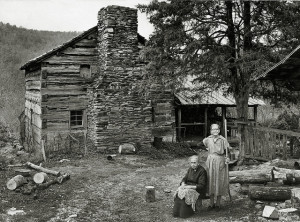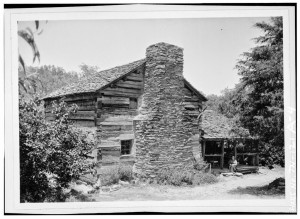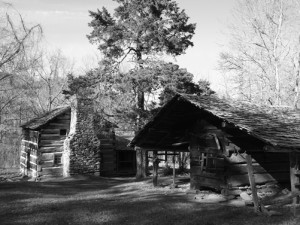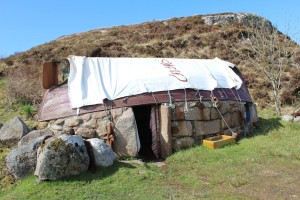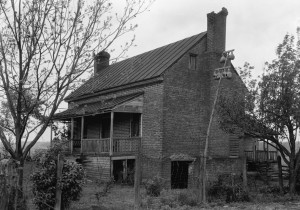About Noah Bradley
This author has not yet filled in any details.So far Noah Bradley has created 1221 blog entries.
A hewn cabin at sunrise
Noah Bradley2019-06-29T10:23:24+00:00A nice cabin, in a wonderful location.
I do enjoy a good cup of coffee in the morning on the front porch of a cabin.
There are two things that I would have done differently if I had built this cabin… I would have put a lot more emphasis on building a more attractive chimney (the stonework seen here on the chimney appears to have been done by more than one mason, each with different styles of randomly cementing stones in place)… And, I would not have used wide windows in the gable ends of the cabin (which visually makes the pitch of the roof look lower).
Originally posted 2015-10-25 17:49:51.
A place for everything, and everything in it’s place
Noah Bradley2019-06-29T10:23:21+00:00Now here we have a wonderful rustic kitchen… it’s not everyone’s dream kitchen but you do have to admit that it is a piece of art. The designer of this kitchen clearly thought “out of the box”, had a nice collection of antique cookware, and wanted to showcase it all. They did a great job at it.
Originally posted 2015-10-24 14:59:18.
Stone… the ultimate building material
Noah Bradley2019-06-29T10:23:20+00:00Stone is a marvelous building material… gorgeous to look at, free for the gathering in many places., zero maintenance, and, it will last… well… forever.
You can let your imagination run wild when you build with stone.
You can build classic designs, ones that have proven their appeal over centuries, ones that will be appreciated for centuries to come.
Stone, the ultimate alternative building method that we have today, and also, the one that we’ve had for millennia.
Originally posted 2015-10-24 14:45:37.


